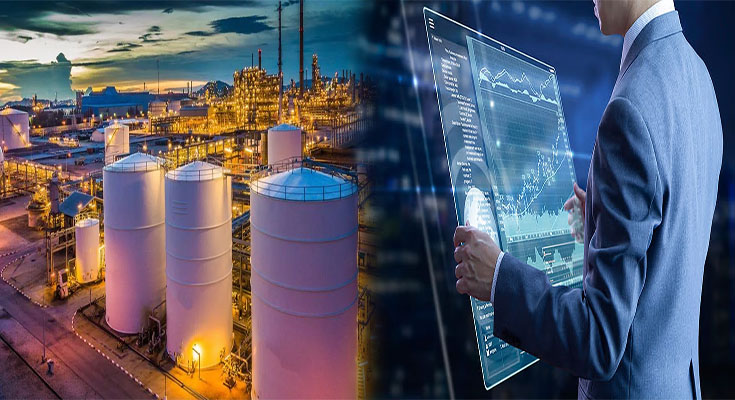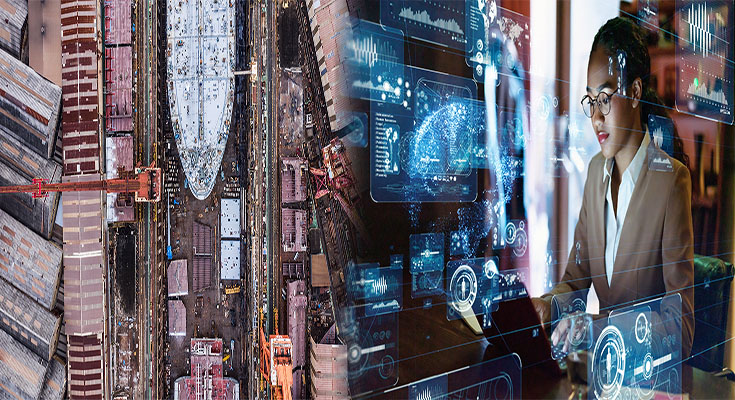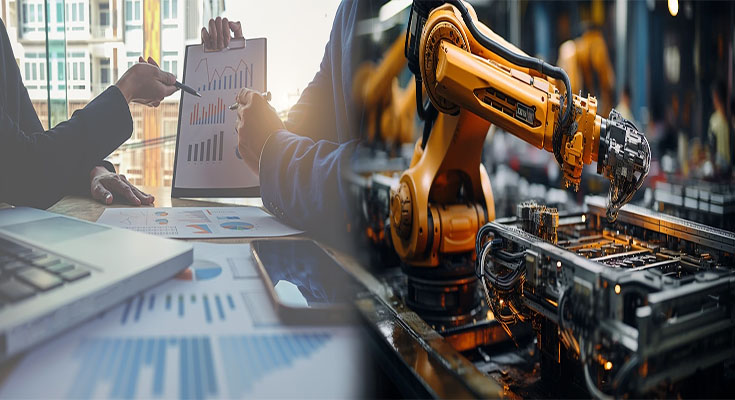
Low-GWP Refrigerants and Microchannel Heat Exchangers: The Union for the Future
As environmental regulations grow and the HVAC industry sets sights on leaner operations, the union of low-global-warming-potential (GWP) refrigerants and next-generation heat transfer technologies has taken front stage. Among such technologies, microchannel heat exchangers have been a natural companion to next-generation refrigerants, with the benefit of improved efficiency, lower space needs, and enhanced system integration.
The transition from high-GWP refrigerants like R-410A is no longer a choice—it’s a necessity enabled by global climate accords and regional regulation like the AIM Act in the US and F-Gas Regulation in the EU. Such regulations are forcing manufacturers and users to switch to substitutes like R-32, R-290, R-454B, and R-449A, all of which have much lower environmental profile parameters. But refrigerant replacement is not just a matter of one fluid replacing another—system components need to be reexamined for compatibility, performance, and safety.
This is where microchannel heat exchangers come in handy. Their internal …
Low-GWP Refrigerants and Microchannel Heat Exchangers: The Union for the Future Read More




